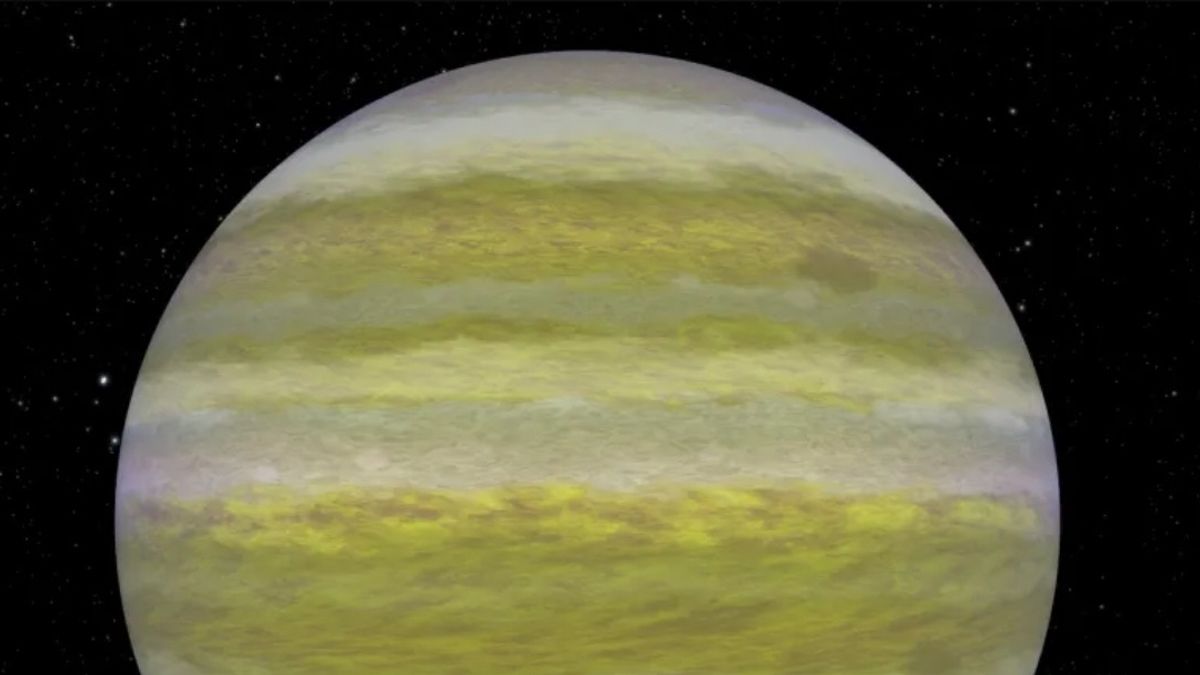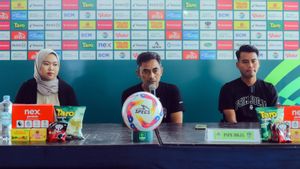JAKARTA Last year, the Transiting Exoplanet Survey Satellite (TESS) discovered an exoplanet similar to Saturn. The satellite, which is 700 light-years away (6.5 quadrillion kilometers), is named TOI-4600.
Based on TESS findings, there are two planets for this category. The two planets are only separated by letter codes, namely b and c. Letter b is given to planets smaller than Saturn and letter c is given to planets of the same size.
Both planets are categorized as planets with the longest orbital period or year, reaching 483 days. TOI-4600 is also included in the coldest planet category because planet c has an atmospheric temperature of minus 82 degrees Celsius.
Both planets were discovered through a Shadow search or transit method. TESS, a satellite for NASA's project, works by capturing the decline in starlight as the planet crosses the surface of its star.
In fact, this transit method does not work optimally. The longer the orbit of a planet, TESS will find it increasingly difficult to capture its planet. However, TESS seems lucky to find TOI-4600.
The discovery of two planets of different characteristics is very helpful for scientists. TOI-4600 b and c can provide answers to atmospheric materials from a moderately climate gas giant, a designation for an atmosphere that has no heat.
In the future, these two exoplanets may be researchable to look for signs of life. This search may be possible if scientists have components or tools that support research.
The English, Chinese, Japanese, Arabic, and French versions are automatically generated by the AI. So there may still be inaccuracies in translating, please always see Indonesian as our main language. (system supported by DigitalSiber.id)













